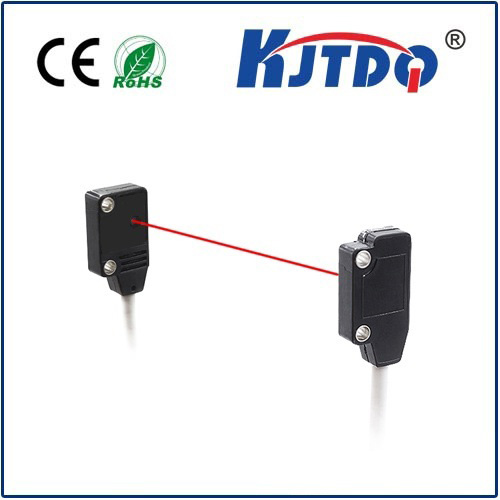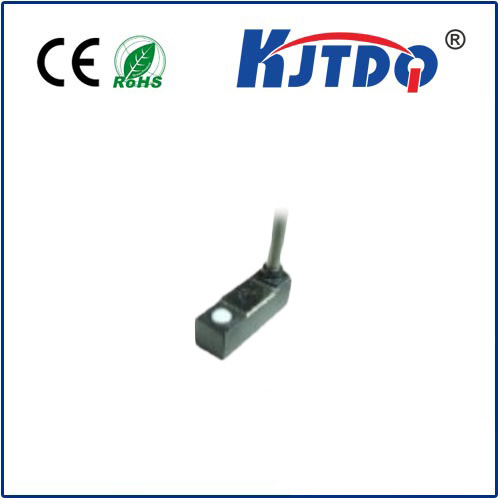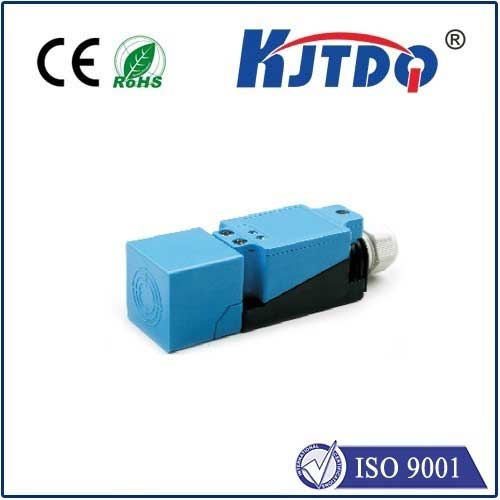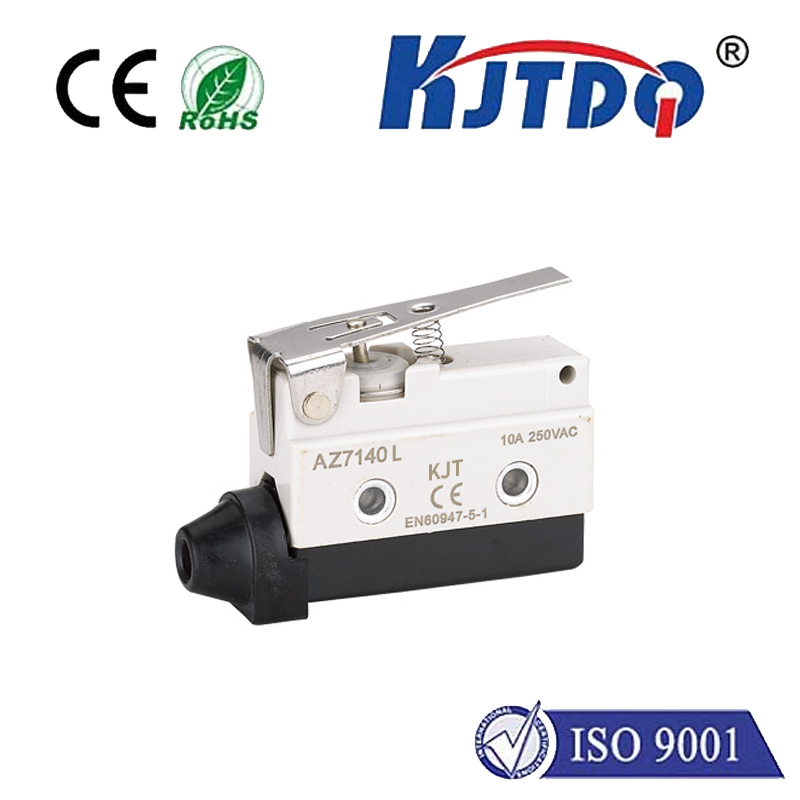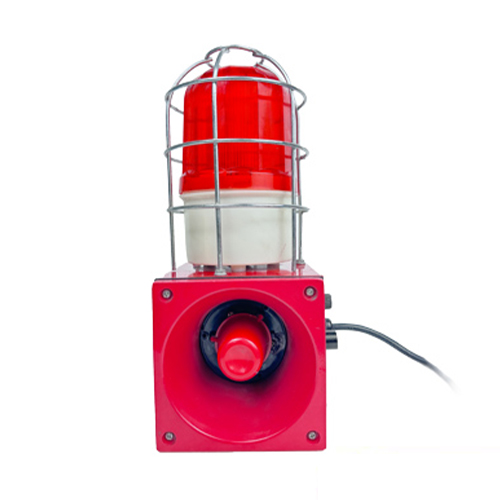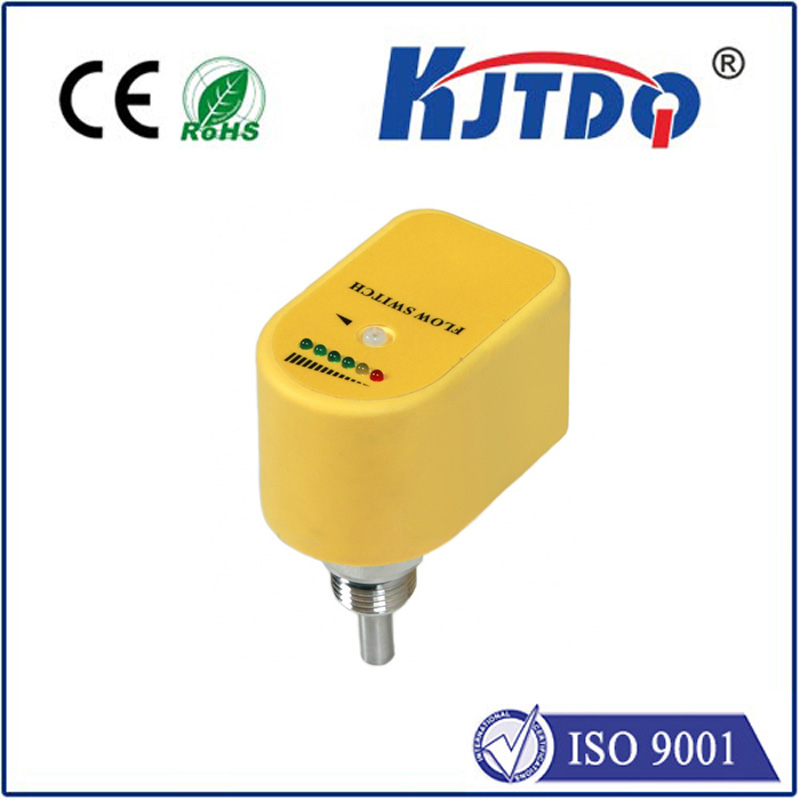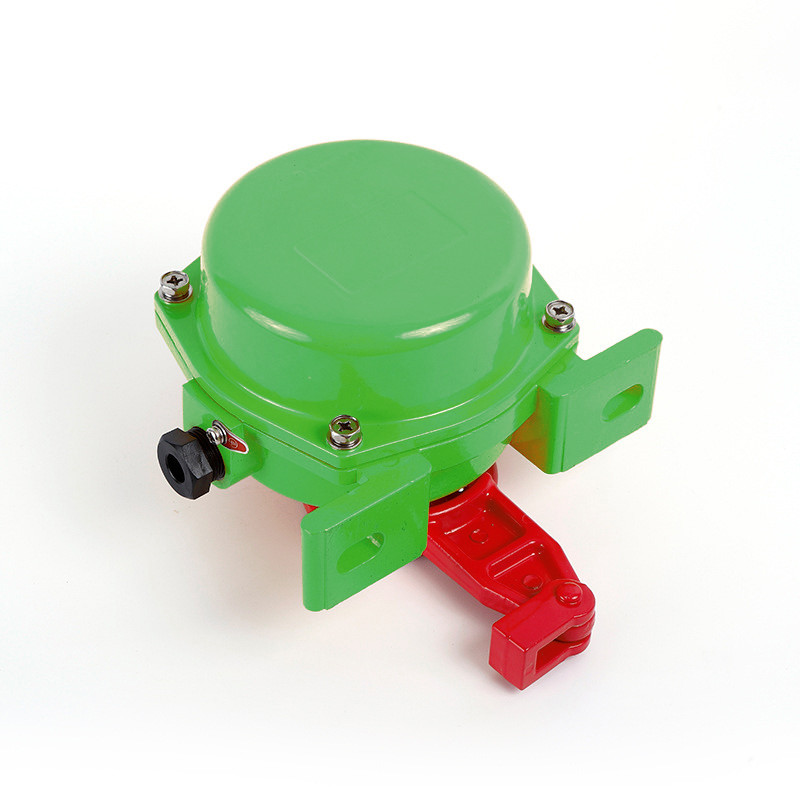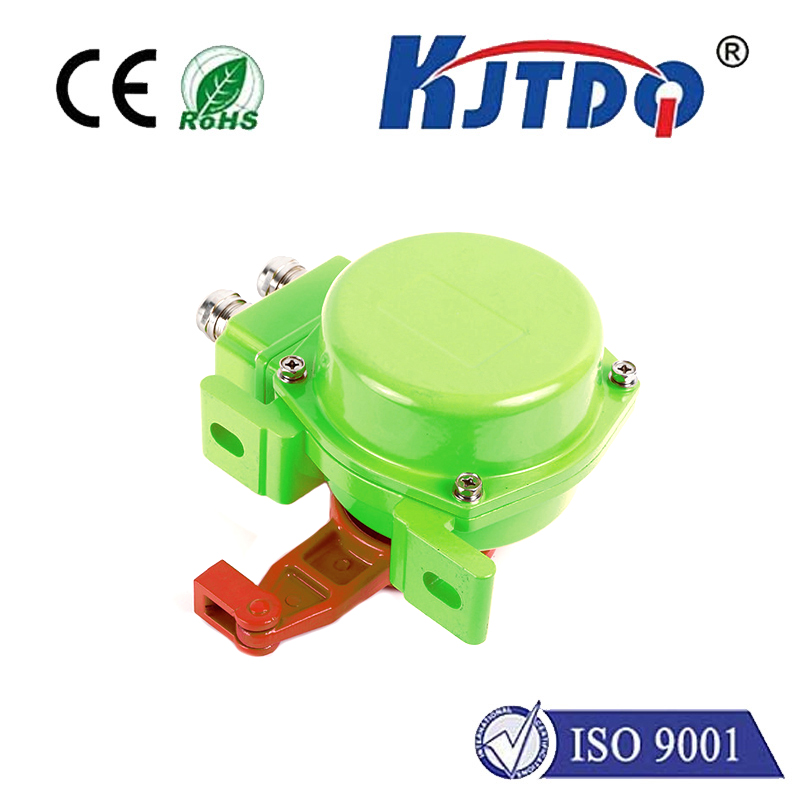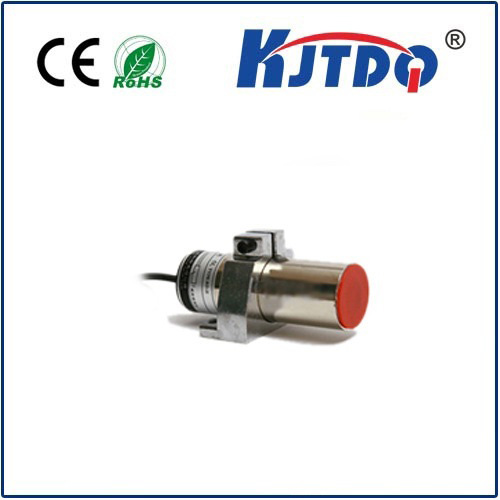

check

check

check

check

check

check

check

check

check

check
Section 1: Introduction to Limit Switches and Proximity Sensors
In today's increasingly technological world, proximity sensors have become an essential component in a wide range of applications. These sensors work by detecting the presence of an object or entity and communicating this information to a control system. One crucial element of proximity sensors is the limit switch, which plays a critical role in determining when the sensor has reached its target distance.
Section 2: The Functioning of Limit Switches in Proximity Sensors
The primary function of a limit switch in a proximity sensor is to provide an accurate measurement of the target distance. When an object comes into contact with the sensor, it causes a change in the electrical conductivity within the sensor's circuit. This change triggers the switch, which then sends a signal to the control system that alerts it to the presence of the object.
Section 3: Advantages of Using Limit Switches with Proximity Sensors
Limit switches offer several advantages when used in proximity sensors. Firstly, they provide an accurate measurement of target distance, ensuring that the control system can make informed decisions based on the sensor's output. Additionally, limit switches are relatively inexpensive and easy to install, making them an attractive option for many applications.
Section 4: Challenges Associated with Limit Switches in Proximity Sensors
While limit switches offer many benefits, they can also present some challenges. For example, if the sensor is not positioned correctly, the switch may not function correctly, leading to inaccurate measurements. Similarly, if the switch fails or becomes damaged, it can disrupt the sensor's operation, potentially causing problems for the control system.
Section 5: Future Directions for Proximity Sensors with Limit Switch Functionality
As technology continues to advance, there is ongoing research focused on improving the performance of proximity sensors with limit switch functionality. Some potential areas of exploration include developing more robust and reliable limit switches, improving the accuracy of sensor measurements, and integrating other types of sensors into proximity sensors to create even more sophisticated systems.
Conclusion: The Role of Limit Switches in Proximity Sensors
In summary, limit switches play a crucial role in determining when a proximity sensor has reached its target distance. They offer several advantages over other types of switches and are an essential component of many modern proximity sensor systems. As research continues to develop new and improved technologies related to proximity sensors, we can expect to see continued advancements in this field in the years to come.
